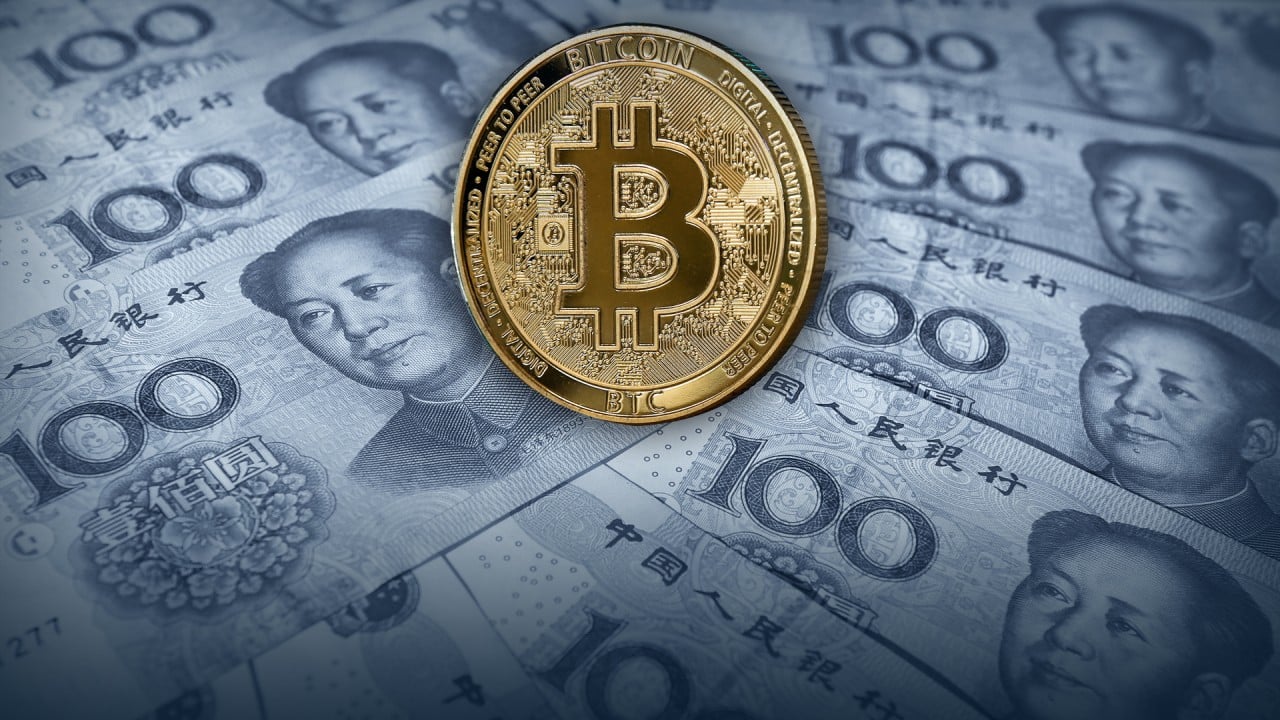
China gets tough on financial sector risk management, extends contingency planning to more institutions
- Contingency planning has been a requirement for China’s biggest financial institutions for a decade now
- Recovery, contingency planning conducive to shoring up risk awareness and crisis management capacity, CBIRC says
The requirement now also applies to all commercial banks, rural credit co-operatives, asset management firms and financial lease companies with 300 billion yuan (US$46.9 billion) or more in assets, besides insurers with assets worth at least 200 billion yuan.
The expansion is aimed at ensuring that financial institutions do not need to be bailed out with taxpayers’ funds during unlikely but possible financial crises and sudden adverse economic events.

06:54
Is cryptocurrency too risky for China?
The policy, effective immediately, will help the financial institutions newly brought under its purview ensure that their key operations and services will not be suspended due to adverse events, the CBIRC said. It will also protect consumers’ interests and ensure financial stability of the society at large, the regulator added.
Certain other institutions whose assets are below the thresholds might also be asked to meet the requirement, if the nature of their business, risk profile and potential risk spillover warrants the planning exercise, the CBIRC said. It did not indicate the number or proportion of the country’s financial institutions potentially affected.
Similar to requirement overseas, Chinese institutions must prioritise recovery plans with market-based fundraising methods that make use of their own assets and resources from their own shareholders, before turning to the government for help, the regulator said.
The regulation had been drawn from proven international regulatory experience, lessons learned from domestic financial risks prevention, and feedback from a three-month market consultation exercise, it added.
IMF: Hong Kong’s financial system resilient to shocks as China risks abound
Financial regulators in the United States, the European Union, Britain, Australia, Switzerland, Singapore and Hong Kong have all set requirements for financial institutions to come up with their own recovery and contingency plans. Installed in the aftermath of the 2008 global financial crisis, they are often called the “living wills” of financial institutions in these markets.
Fitch Ratings last month revised upwards its assessment for China’s bank operating environment, to “bbb-”/Positive from “bb+”/Stable, citing progress on financial reforms to curb systemic and contagion risks, besides the country’s economic resilience during the Covid-19 pandemic.

